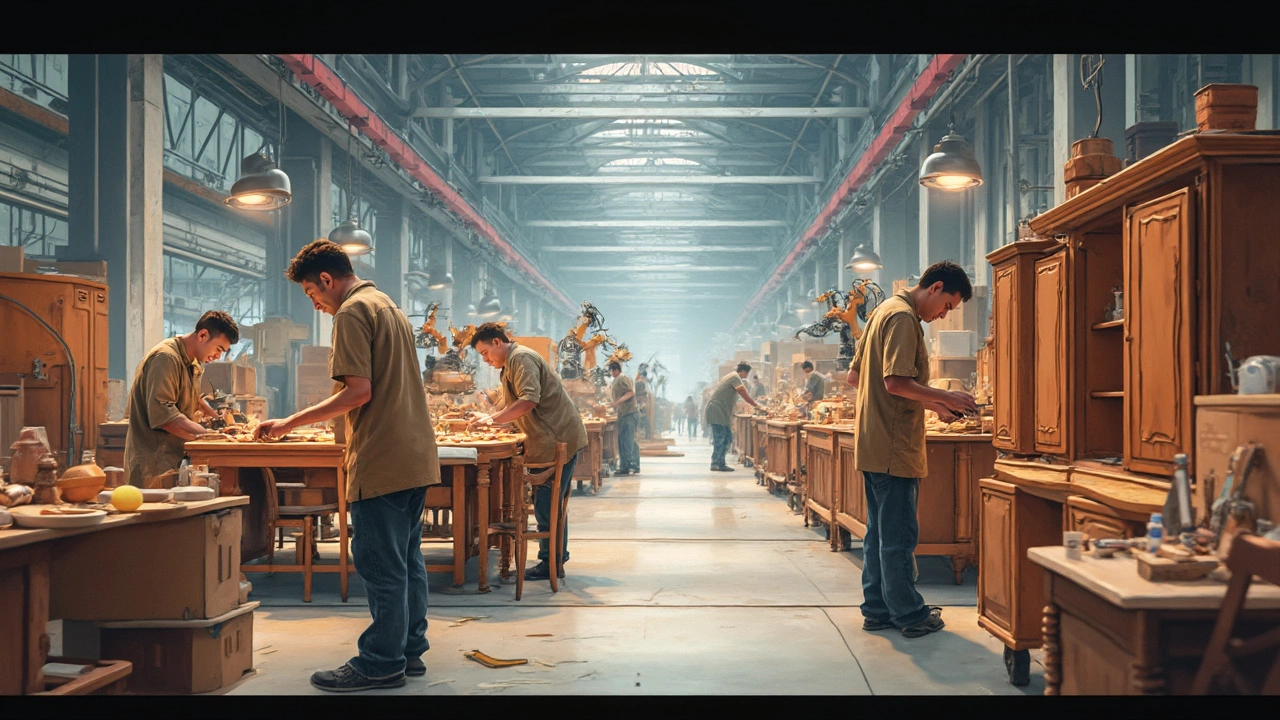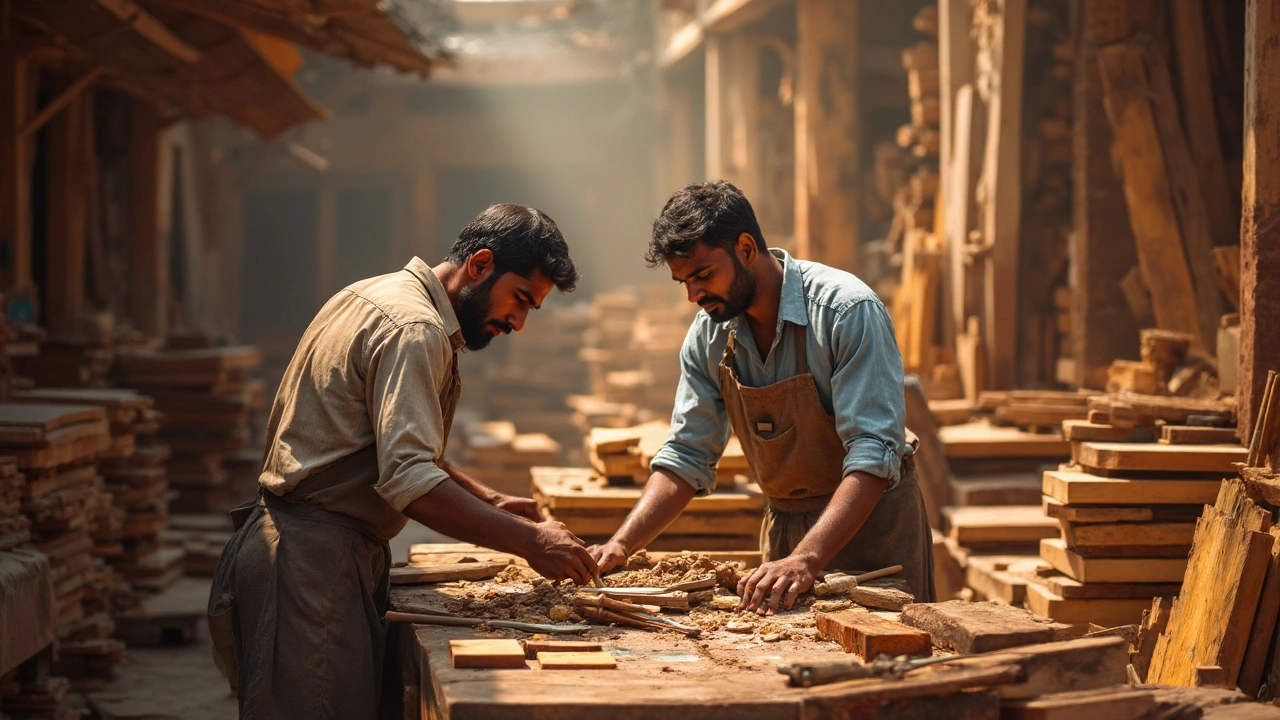Furniture Manufacturing in India: What’s Driving the Boom?
India’s furniture scene is heating up fast. From small workshops in Gujarat to big plants in Tamil Nadu, makers are racing to meet a hungry market. Rising middle‑class incomes, urban living, and a love for local design are pushing demand higher every year. If you’re curious about why furniture production is a hot topic, keep reading – you’ll get the real reasons and some solid tips.
Key Growth Drivers
First, the buying power of Indian households has jumped. More families can afford a sofa, a dining set, or a bedroom suite, which means factories need to crank out more pieces. Second, e‑commerce platforms like Flipkart and Amazon are opening new sales channels, letting even tiny makers sell nationwide. Third, global brands such as IKEA are setting up sourcing hubs here, pulling local suppliers into bigger supply chains. All three forces together create a steady stream of orders for manufacturers.
Challenges You Can’t Ignore
Spotting opportunities is great, but you also need to know the hurdles. Raw material prices – especially timber and metal – can swing wildly, eating into profit margins. Labor quality is another issue; skilled carpenters are in short supply, and many firms spend time training workers on modern CNC machines. Finally, meeting environmental standards is becoming mandatory. Buyers now ask for FSC‑certified wood or low‑VOC finishes, so ignoring sustainability can cost you deals.
To tackle material costs, many companies are turning to engineered wood or recycled metal. These alternatives are cheaper and often meet green‑label requirements. For labor, a mix of on‑the‑job apprenticeships and short online courses can boost skill levels without breaking the bank. And when it comes to regulations, keeping a checklist of local emission norms helps you stay compliant and impress eco‑aware customers.
Another practical tip is to focus on modular designs. Producing flat‑pack components reduces shipping volume and lets you respond quickly to changing trends. Modular furniture also appeals to younger buyers who move frequently and need easy‑to‑assemble pieces.
If you’re an investor, look at regions with strong logistics networks. Proximity to ports like Mumbai or Chennai cuts freight costs when you export to the Middle East or Europe. Also, watch for government incentives; several state schemes offer tax breaks or subsidized loans for setting up new production lines that use green technology.
Technology is reshaping the floor as well. Digital twin simulations let factories test new product layouts before spending on physical tooling. Meanwhile, IoT sensors on machinery can alert you to downtime before it becomes a major issue, keeping the line humming.
In short, Indian furniture manufacturing blends traditional craftsmanship with modern tech. Success comes down to balancing cost control, skill development, and sustainability. Keep an eye on market signals, invest in adaptable production methods, and you’ll be set to ride the growth wave.

Top Furniture Manufacturing Countries: Global Leaders in Home and Office Furnishing
Ever wondered where the world’s furniture really comes from? Here’s a tour behind the scenes of the world’s top three furniture manufacturing powerhouse countries. Discover the secrets driving their success, why products from these places flood showrooms everywhere, and what sets their factories apart. Whether you’re redecorating or just curious, you’ll get surprising facts and practical tips from this deep dive. Get ready to see your sofa—and the tag under it—in a whole new light.

Best Trees for Furniture in India: The Top Choices for Quality Wood
Curious about which tree makes the best furniture in India? This article breaks down the top choices for furniture makers, including their pros and cons. You'll get practical tips on spotting genuine wood and advice from real craftsmen in the industry. Find out how climate, price, and wood availability shape what you see in showrooms. There's even a reality check on common myths and everyday mistakes buyers make.

